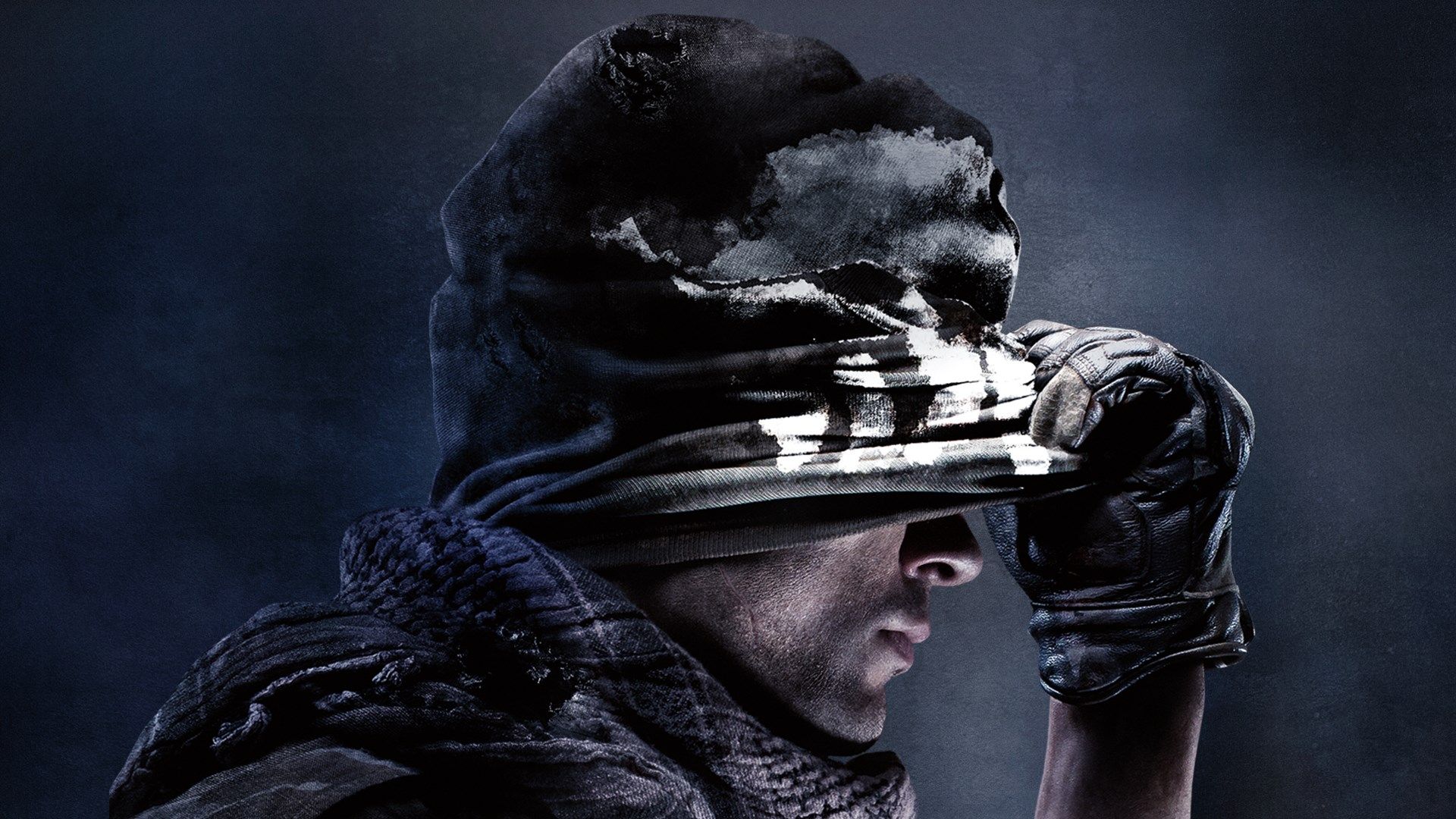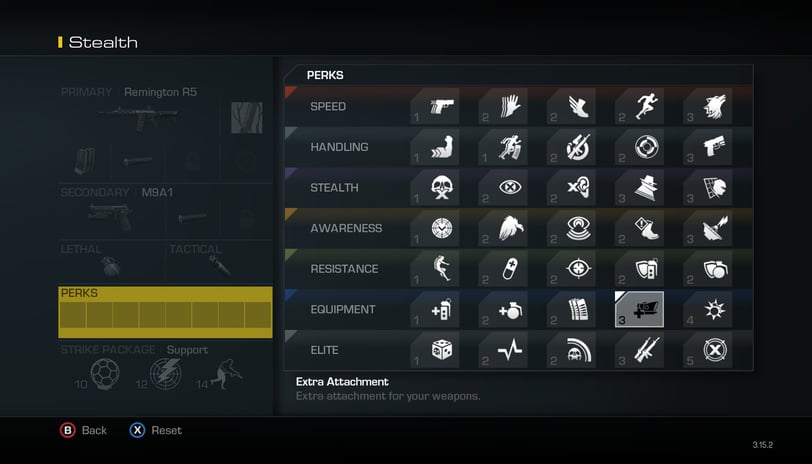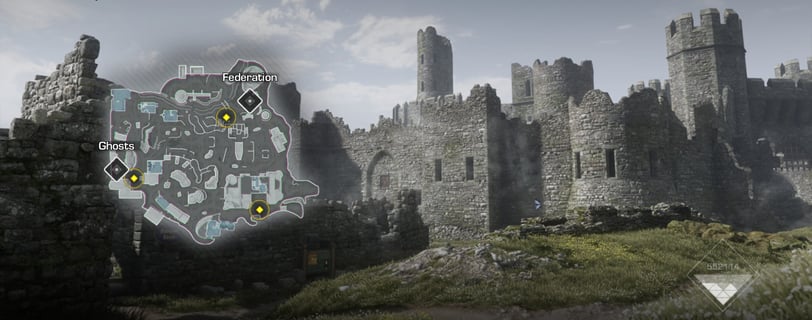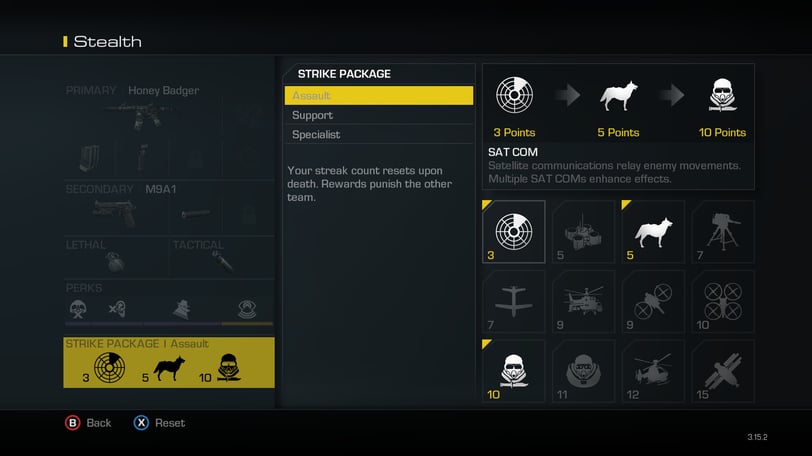
The Good Things About Call of Duty Ghosts' Multiplayer
In this post, it will go over features that were introduced in Call of Duty Ghosts' multiplayer that may or may not been reintroduced in future titles.
CALL OF DUTYA LOOK BACK
3/1/20258 min read


Introduction
When Call of Duty Ghosts first released back in 2014, it has become easily the most hated Call of Duty game of all time. The game represented a massive step backwards in several areas, causing fans to continue playing Black Ops II until the release of the next Black Ops game in 2015. Out of all the modes, the multiplayer mode faced a lot of criticisms such as the large maps and the weak pointstreaks.
In this article, it will explore the actual good things about the multiplayer instead of the bad things. Everyone knows the map design was lackluster and matches took forever to finish. What were the good things, however?
Why did people hate Call of Duty Ghosts’ multiplayer?
First, why was the multiplayer widely hated and caused some fans to continue playing older Call of Duty games such as Black Ops II?
The first big criticism is the map design. In Ghosts, the maps are notorious for being very large and complex, making it difficult to find opponents. Matches last until the timer runs out, ignoring the game modes’ objectives. Its slow gameplay with matches taking forever to finish does not match what Call of Duty is all about. Call of Duty is known for its fast-paced gameplay, not its slow-paced gameplay.
The second big criticism is the low time-to-kill. In previous Call of Duty games, the TTK is forgiving enough to allow players to react to opponents’ attacks. There are certain outliers, such as Modern Warfare 2. But aside from Modern Warfare 2, the other games were much more forgiving. Ghosts, in contrast, does not allow players to react to enemies’ attacks, leading to players dying extremely fast unsatisfying. It does not help that it takes forever to find enemies.
Then the third biggest criticism is the pointstreaks. Coming from games such as Black Ops II, the streaks were a massive downgrade. Overall, the streaks are much weaker and do not give that satisfaction previous games had. In the Modern Warfare series, players had the UAV, Chopper Gunner, Tactical Nuke, and so on. All contribute to the gameplay in a very satisfying way. In comparison, Ghosts’ streaks are boring and lack of the power previous games had.
The SATCOM, for example, replaced the UAV to prevent players from spamming several UAVs in a single match. This was to address how players would spam several UAVs in one match in previous games. However, players now are rewarded a weak version of the UAV that requires players to plant them somewhere on the map. It is more tedious and earning SATCOM is not rewarding at all.
These are some of the biggest criticisms of Call of Duty Ghosts’ multiplayer, which unfortunately overshadowed the highlights of the multiplayer.
The Good Things About the Multiplayer


Perk Points System
The greatest change in the Call of Duty franchise is the addition of the perk points system. With this perk system, it allows players to customize their perk selection a lot more deeply without being tied to their own tiers. Instead of the perks split into three tiers, the perks are split into seven different categories:
Speed
Handling
Stealth
Awareness
Resistance
Equipment
Elite
The developers organized the perks by ability in each category. What made this system amazing is that there are many more perks to choose from specializing in certain scenarios. If players are looking to rush, then the Speed category is existing. If players are looking to sneak around opponents, the Stealth category is there.
Not only that, the there are many more perks to choose from. It is not just seven perks in three tiers. There are 35 perks in offering much more flexibility in creating classes. This was an issue in previous Call of Duty games, where players can only select usually up to 7 perks. If players don’t like any of them, then there is nothing they can do. In Ghosts, it is a different story.
If a player is creating a rushing class, then there are 5 choices in the Speed category plus the other perks depending on playstyle. In Black Ops II, there’d be up to 6 perks per tier and they focus on certain playstyles. If players are choosing perks in Black Ops II for a rush class, then there’d be the usual 3-4 perks for rush. Usually, they’d be Lightweight, Marathon, and Ghost.
The careful weighting of each perk makes Ghosts’ perk system amazing. It is not like the other Call of Duty games, where powerful perks are in the same tier as very weak perks. Historically, players will choose perks such as Stopping Power, Juggernaut, and Assassin over the other perks. The other perks aren’t terrible, but they are just not as powerful as the other perks.
While the perk points system is very different, it offered a different approach to perk selection and fixes the weaknesses of the three-tier perk system:
The system weights perks based on their effectiveness
Categories provide wider selection of perks
More perks mean more ways to customize classes
Perk Points
A significant change to the perk system is changing the perks from each perk taking one point in Black Ops II to each perk weighted based on their prowess. This prevents certain perks from being simply better than other perks. In previous games, players usually went for certain perks such Assassin, Ghost, Stopping Power, and Juggernaut. It is a straightforward decision to choose these perks over other ones. In Ghosts, the developers rectified this issue.
In the perk system, the perks are weighted from 1 to 5 depending on how effective they are. Scavenger, for example, costs 2 points while Ready Up costs only 1 point. For the Ready Up perk, it is only based on certain scenarios that do not happen all the time, whereas Scavenger is needed nearly the entire match.
If a perk is rarely needed but still useful in certain scenarios, then it’d be nice to have and not waste a slot. Thankfully, Ghosts allow this approach when selecting perks. Perks that will be used throughout an entire match won’t overshadow a perk that is rarely used.
More Perks
In the perk system, there are 35 perks to choose from, covering different playstyles. It offers players several approaches when it comes to having a playstyle. The Awareness category is very new to Call of Duty, because the perks don’t solely focus on stealth or speed. The most popular perks are usually perks such as Sleight of Hand, Ghost, Stopping Power, and Danger Close. Notice how they cover only three categories?
Thanks to having 7 categories, the gameplay opens to new playstyles such as the Awareness category. This category brings in more creativity when creating classes. For example, a new perk called Wiretap allows players to utilize enemies’ SATCOMs, revealing their positions. Black Ops II included Amplify, and Ghosts reintroduced it. This allows players to hear louder footsteps. Then, there is recon, where a grenade hit will paint enemies.
Perks such as Recon and Wiretap cannot exist in other titles, since they only work in certain circumstances. In other perk systems, the developers cannot perfectly balance all the perks. The original Modern Warfare 3 introduced the Recon perk, yet other perks, such as Sleight of Hand, overshadowed it. The developers’ choices are adding other benefits to Recon or simply no longer include it in future titles. Fortunately, Ghosts’ perk system rectified this issue by weighting perks based on usefulness, allowing the more niche perks to exist.


Unique Map Design
Ghosts’ unique map design helps make the maps stand out and keeps them fresh. They are not generic, three-lane maps with predictable routes. Instead, they all have unique settings and routes, keeping them completely interesting to play on:
Stonehaven is an enormous map with houses placed around most of the map near a castle
Strikezone is a small-medium size map offering much more action
Freight is a traditional, three-lane map
Sovereign is an indoor map, taking place inside a factory
The maps are not perfect and even severely flawed, with fans stating that Ghosts’ maps are the worst in the franchise. However, each map had a unique design and very different settings. Some maps are large, while some are medium-sized. Some maps took place indoors, while some other maps took place outdoors. With the maps designed differently, it kept the gameplay fresh by allowing players to experiment with playstyles.
For the past decade, the developers restricted the map designs to just simple, three lanes small-medium size maps. While fans love this, it harmed the map designs by making them very predictable and lacking identity. Treyarch maps specifically follow this formulaic design ever since Black Ops II.
In the original Black Ops game, every map was very different. Array is a large map with a massive building in the middle. Havana is a lot smaller, offering chaotic gameplay. Firing Range has a more triangular map design, where there are three corners of the map, which is very clear in game modes such as Domination. Ever since Black Ops II, Treyarch, and even the other developers, designed their maps formulaically.
Ghosts is an outlier when it comes to unique layout and pacing. Players will focus on rushing towards the objectives on maps such as Strikezone. On large maps such as Overlord and Stonehaven, they encourage players to use long-range weapons such as rifles versus shotguns. Even though the map design forces players to use different type of guns, forcing players to use other types of guns makes the gameplay more dynamic. It is not just using the same assault rifle on every single map.


Strike Packages
Finally, one of the good things about Call of Duty Ghosts’ multiplayer is the return of the strike packages system from the original Modern Warfare 3. Ghosts carries over the strike packages system, first introduced in Modern Warfare 3. Each strike package has their own strengths:
The Assault package is great for players that play aggressively and deal tons of lethal damage against enemies
The Support package is providing support for teammates by calling in care packages and revealing enemy positions
The Specialist package is great for players wanting to be decked with several perks by earning additional perks after getting kills without dying
All the strike packages cater to different playstyles. If someone struggles to get streaks or wants to support teammates, then the Support strike package exists. If someone is excellent at staying alive and getting points, then both the Assault and Specialist are great choices. Overall, the three strike packages offered much more unique rewards and playstyles when it comes to streaks.
Another reason the three packages were great is that each class contains their own streaks, meaning players aren’t calling in the same three streaks for all classes. When creating a stealth class, a player can select streaks that benefit that playstyle. If a player wants to play aggressively, then there are streaks that fit this playstyle.
Overall, the strike packages expanded the create-a-class customization positively, allowing players to customize their classes even further. Many strike package options are available, and players can assign sets of streaks to a single class.
Conclusion
Aside from all the criticisms, Call of Duty Ghosts’ multiplayer still offered prominent features which some did not even carry over in later titles. While the game received criticism and declared as one of the worst games in the franchise, Ghosts still brought in fresh changes to the multiplayer mode.
The strike packages returning from Modern Warfare 3 helped the game by increasing the number of playstyles and offering unique rewards. The perk points system offered many perks in different categories and were all weighted based on their effectiveness. Last, the controversial, unique map designs gave every single map an identity and had a place in the map rotation. It was not just a group of rehashed Nuketown or a generic, three-lane maps.
After reading this article, what are your thoughts about the article? Do you think that Ghosts’ multiplayer still brought something to the table?
